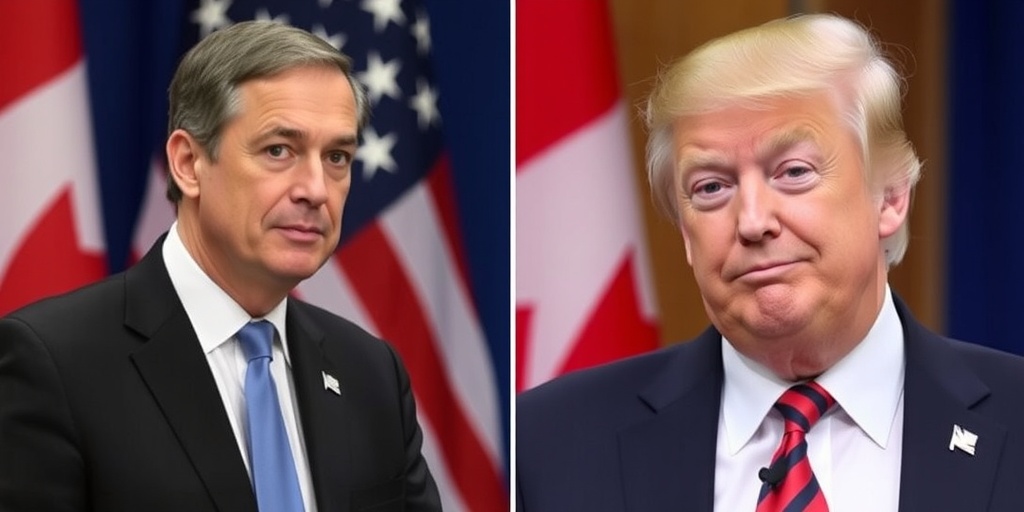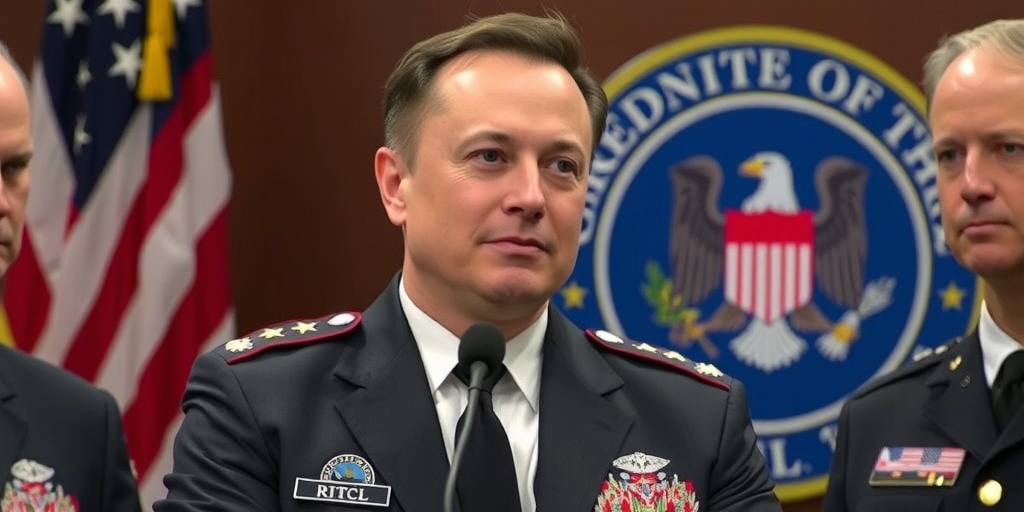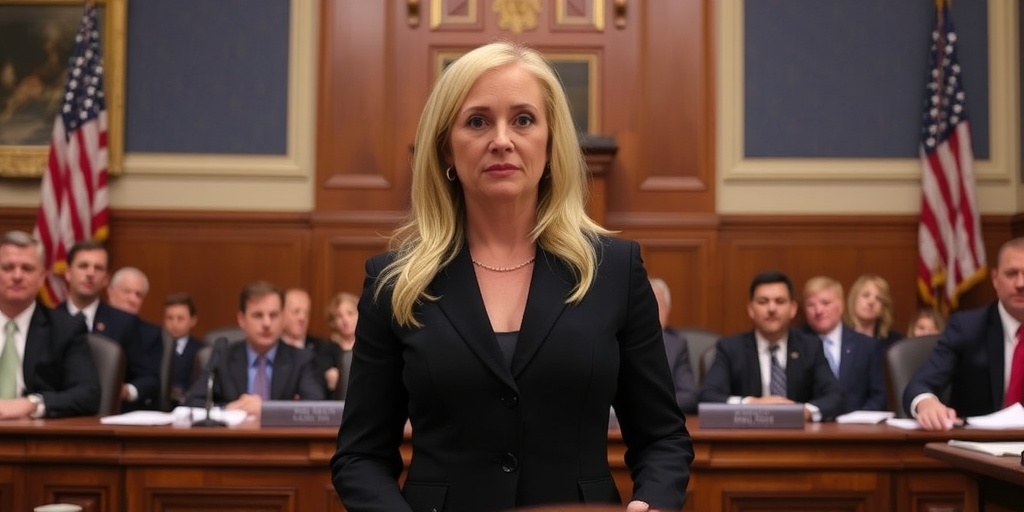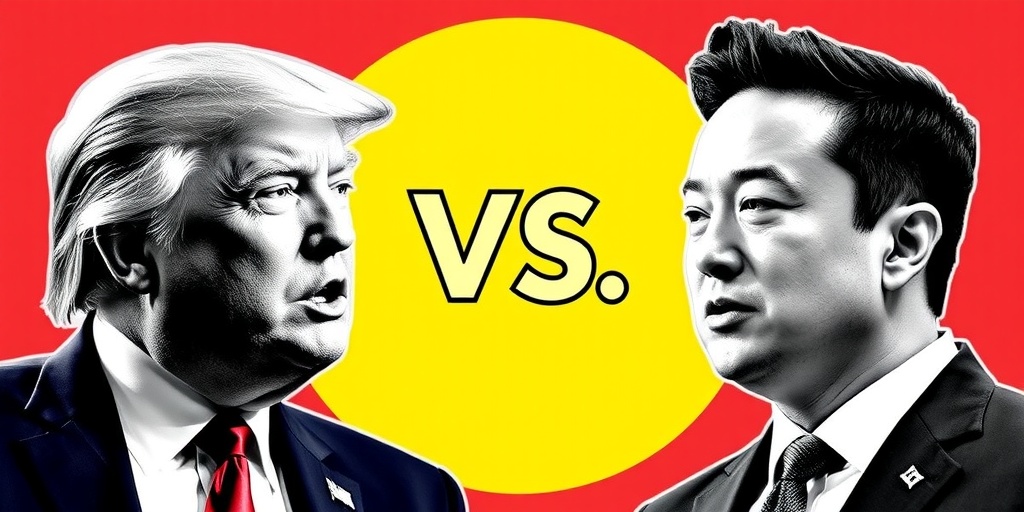Now Reading: Can Canada’s New Leader Mark Carney Negotiate with Trump?
-
01
Can Canada’s New Leader Mark Carney Negotiate with Trump?
Can Canada’s New Leader Mark Carney Negotiate with Trump?

Title: Mark Carney Steps into Challenging Role as Canada’s New Prime Minister Amid Threats from Trump
In a significant political shift, Mark Carney has been elected as Canada’s new prime minister, ushering in an era poised to confront one of the most pressing challenges of our time: the unpredictable presidency of Donald J. Trump. Having steered through the financial turbulence of the 2008 global crisis and the complexities of Brexit, Carney now faces a new storm as he prepares to navigate a fraught relationship with the United States under Trump’s administration.
Carney, a seasoned economist and former governor of both the Bank of Canada and the Bank of England, assumes leadership at a critical juncture. His appointment comes after a dramatic period in Canadian politics, which has seen the exit of long-time Prime Minister Justin Trudeau. Carney’s election as leader of the Liberal Party signals a shift in strategy, especially as he positions himself as a strong opponent to Trump’s aggressive policies and rhetoric.
In his acceptance speech delivered to supporters in Ottawa, Carney did not shy away from the contention that marks the current political landscape. He emphatically stated, “America is not Canada, and Canada never, ever, will be part of America in any way, shape or form,” a direct rebuttal to Trump’s prior insinuations about Canada potentially becoming the 51st state of the U.S. The tone of his remarks reflected a commitment to defending Canadian sovereignty and addressing the growing frustrations many Canadians feel toward Trump’s tariff threats.
As the leader of a minority government, Carney is anticipated to call a general election soon since he does not currently hold a seat in Parliament. His ascent to prime minister has been marked by a rapid rise to prominence, fueled by voters’ desire for economic expertise rather than traditional political savvy. With a decisive victory in the leadership race—garnering 85 percent of the vote—Carney has energized the Liberal base, tapping into a collective anger toward Trump’s policies, which many perceive as detrimental to Canadian prosperity.
His leadership comes at a time when public sentiment is increasingly swayed by Trump’s actions, particularly the imposition of tariffs on Canadian goods that threaten the stability of the Canadian economy. The stakes are high for Carney, who will need to balance fierce rhetoric against Trump with the pragmatic necessity of negotiating essential trade agreements to protect Canadian industries.
Carney’s strategy will focus on two fronts: establishing a clear stance against Trump’s aggressive economic policies while simultaneously negotiating terms that would secure better trade conditions for Canada. He has indicated plans to impose additional retaliatory tariffs on U.S. imports, using the revenue generated to support Canadian workers and businesses adversely affected by the tariffs implemented by the Trump administration.
Historically, Carney’s experience in high-stakes financial negotiations will serve him well as he attempts to restore a productive dialogue with Trump and his administration. While acknowledging the difficult path ahead, he exclaimed, “Everything in my life has prepared me for this moment,” emphasizing his readiness to tackle the challenges of leadership during a crisis.
Polls show that under Carney’s leadership, the Liberals have begun to close the gap in voter support against the Conservative Party, led by Pierre Poilievre. As Poilievre crafts his own identity as an “anti-Trump” candidate while simultaneously appealing to Trump’s supporter base, the political landscape is evolving rapidly. Carney’s ability to resonate with Canadians who are seeking stability and expertise will likely play a crucial role in the upcoming federal election.
Political analysts have pointed to the rapid shift in political fortunes in Canada, with some experts suggesting that Carney’s non-traditional political background may be exactly what voters are craving in these turbulent times. Darrell Bricker, a veteran pollster, remarked that he has never witnessed such a dramatic political shift globally, indicating a unique moment in Canada’s political history.
Carney’s challenge lies not just in addressing the intricacies of U.S.-Canada relations but also in presenting himself authentically as a leader amidst the highly charged political atmosphere. The essential question remains whether he can effectively lead a government that responds decisively to the American president’s unpredictable agenda while maintaining a clear, democratic vision for Canada.
As Canada braces for an election that could be just weeks away, the nation watches closely how Carney will balance his dual role as a caretaker of national interests and an active political player, navigating the complexities introduced by Trump’s presidency. With the potential to redefine Canada’s place in North America, Carney’s leadership is set to be tested in ways that will shape the future of Canada for years to come.
Stay Informed With the Latest & Most Important News
Previous Post
Next Post
-
 01New technology breakthrough has everyone talking right now
01New technology breakthrough has everyone talking right now -
 02Unbelievable life hack everyone needs to try today
02Unbelievable life hack everyone needs to try today -
 03Fascinating discovery found buried deep beneath the ocean
03Fascinating discovery found buried deep beneath the ocean -
 04Man invents genius device that solves everyday problems
04Man invents genius device that solves everyday problems -
 05Shocking discovery that changes what we know forever
05Shocking discovery that changes what we know forever -
 06Internet goes wild over celebrity’s unexpected fashion choice
06Internet goes wild over celebrity’s unexpected fashion choice -
 07Rare animal sighting stuns scientists and wildlife lovers
07Rare animal sighting stuns scientists and wildlife lovers





















